
An Exhibit That Explores the Magic of Animated Film
New exhibit charts the making of “The Burial of Natty Bumppo”

Made from more than 28,000 hand-drawn and painted images, “The Burial of Natty Bumppo” is the creation of animator Fred Burns. Taking decades to make, the film almost never made it to the screen – it was rescued, restored, and digitally mastered by filmmaker and Duke Lecturing Fellow Casey Herbert in 2019. The project was completed in 2023. Burns and Herbert have collaborated on this and many other projects since the mid 1980’s.
The Rubenstein exhibit, “From Pencils to Pixels: The Evolution of an Animated Film,” charts the myriad steps involved in the production of “The Burial of Natty Bumppo.” Content from the film is presented on screens, as physical art as produced, storyboards, animatics, pencil tests, 35mm film as originally shot along with digital scanning technology used to finish the film.
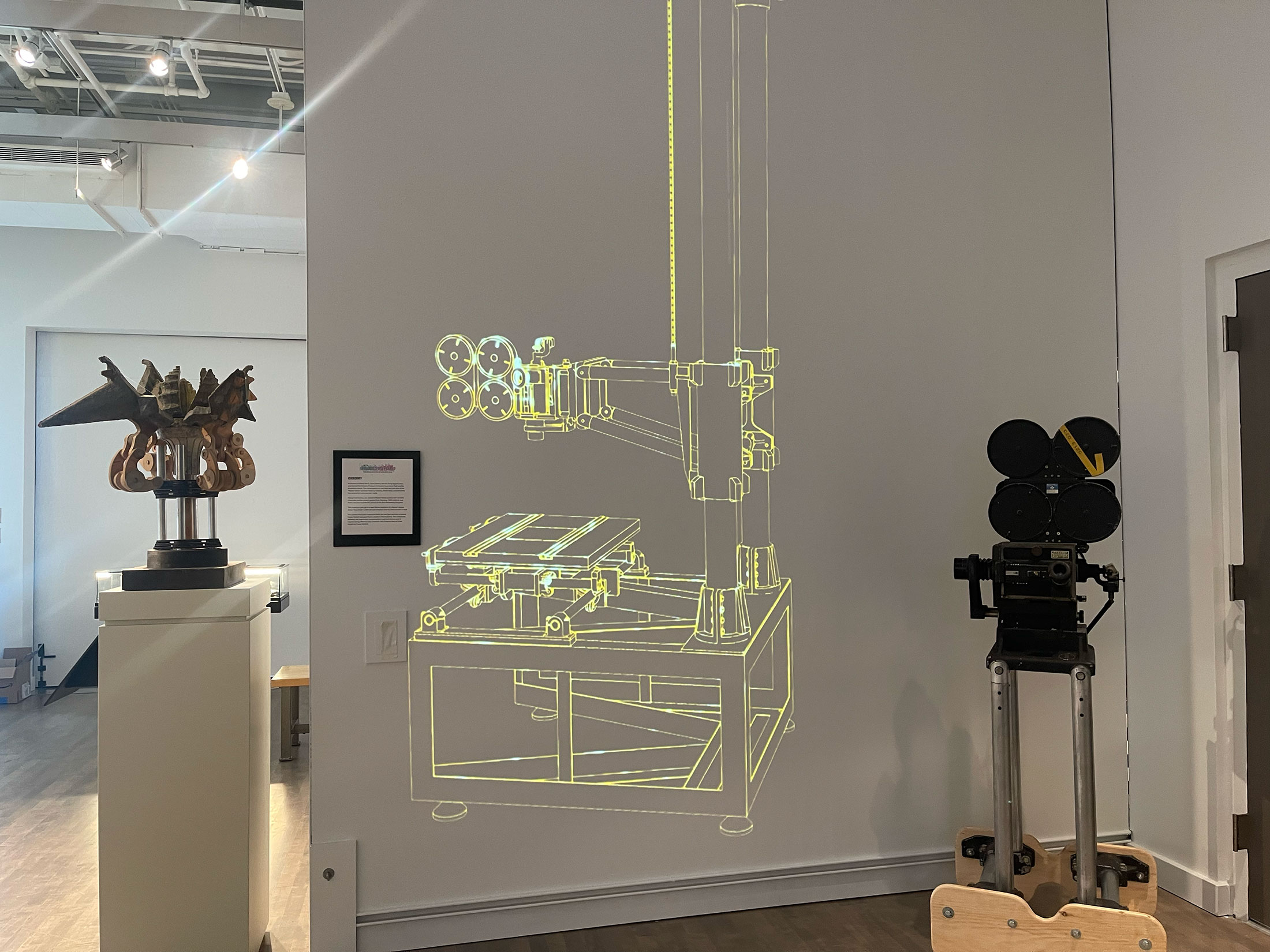
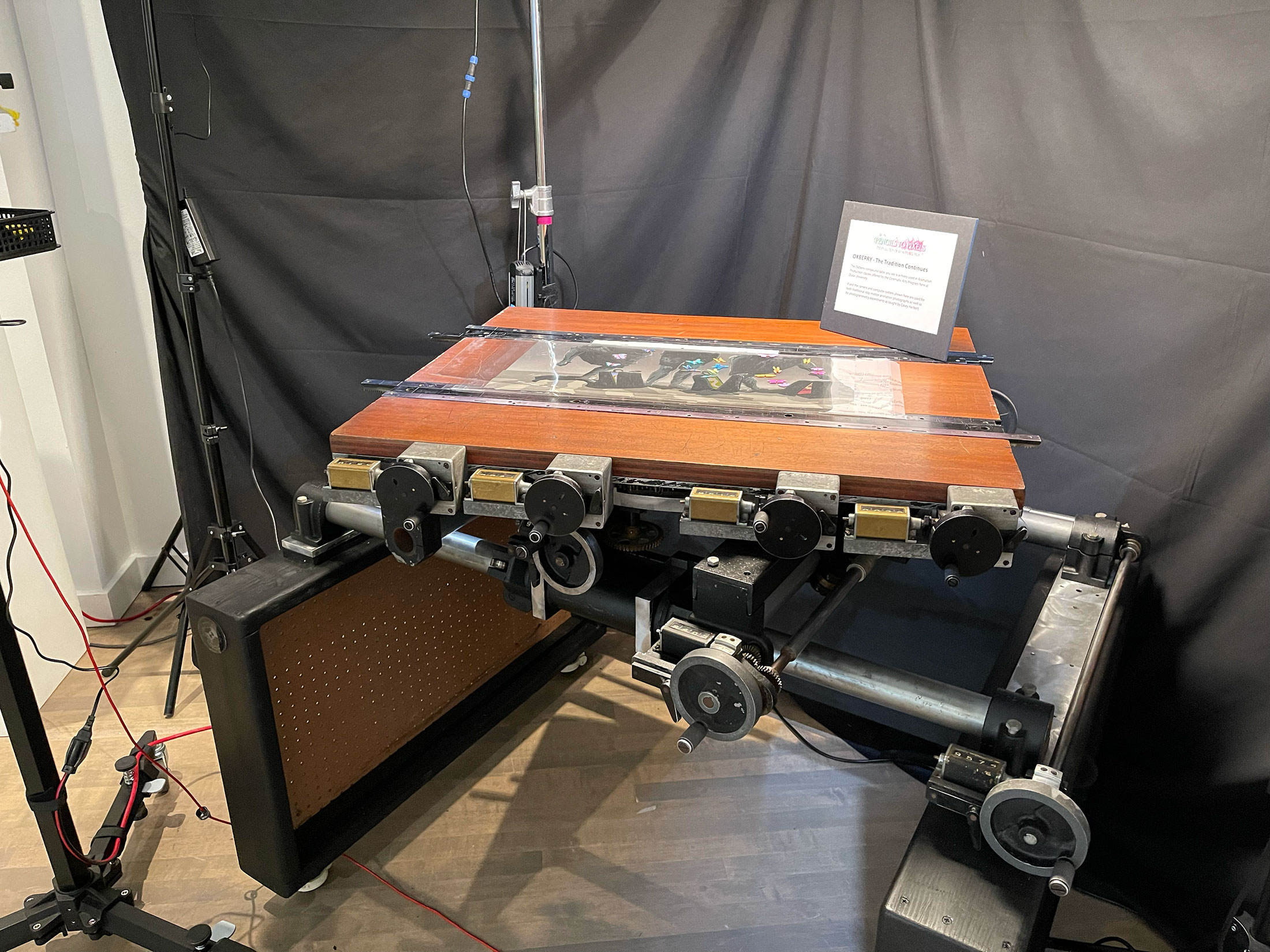
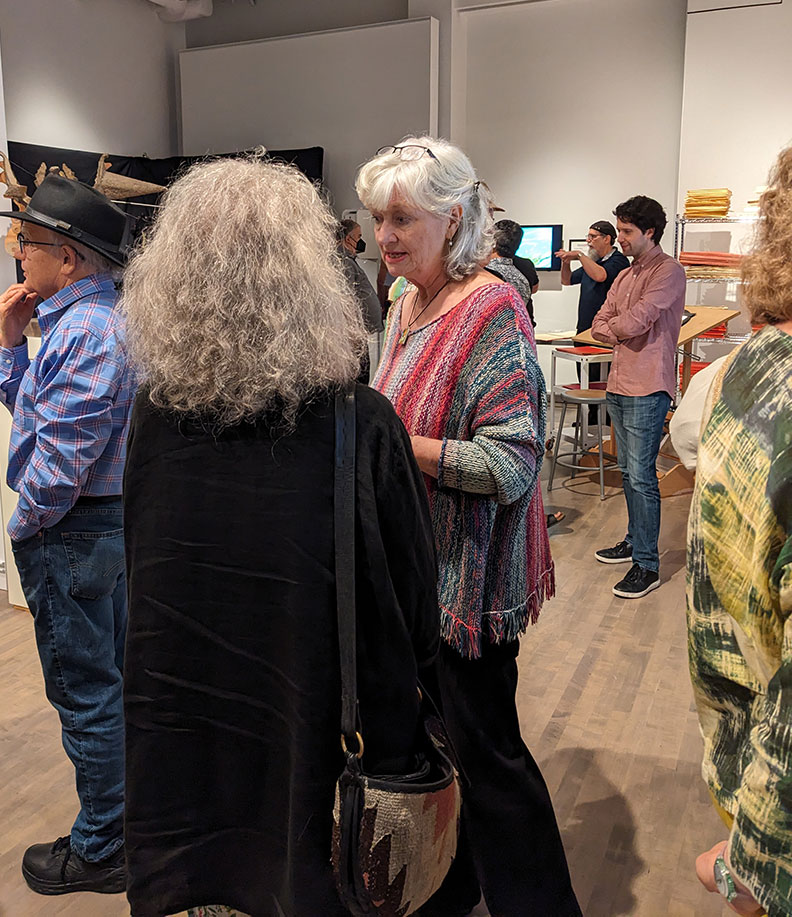
To complete the project, Burns shipped more than 2,000 pounds of art to Herbert’s Durham studio in 2019. The pandemic shutdown gave Herbert time to make the finishing effort. He scanned tens of thousands of pieces of art, eventually creating 130,000 separate digital files.
He also restored art that had been damaged, and digitally completed key scenes that had been designed, animated and color-keyed, but never inked or painted. Burns' original storyboards, layouts and shooting sheets aided the final assembly and editing.
As curated by Herbert, the exhibit takes visitors through the steps of that process, and is also a story of the history of animated filmmaking. Many of the pieces in the exhibit connect “The Burial of Natty Bumppo” to the early days of film animation. Parts of an Oxberry Master Animation Stand, acquired by Herbert for use in his Cinematic Arts classes at Duke, are on display. You may find some of Herbert’s students using them when you visit.
Camera systems like this would have been used by the major animation studios from the 40’s through the ’80s. These massive animation devices featured articulated and movable tables where artwork would be staged and photographed, one frame at a time, by the 35mm motion picture camera mounted above. These tools and techniques are still practiced in Herbert’s animation classes today with the assistance of digital tools.
Other parts of the exhibit show how these contemporary digital technologies are integrated into classic animation technology. Some animated student works from the Cinematic Arts program are also on display.
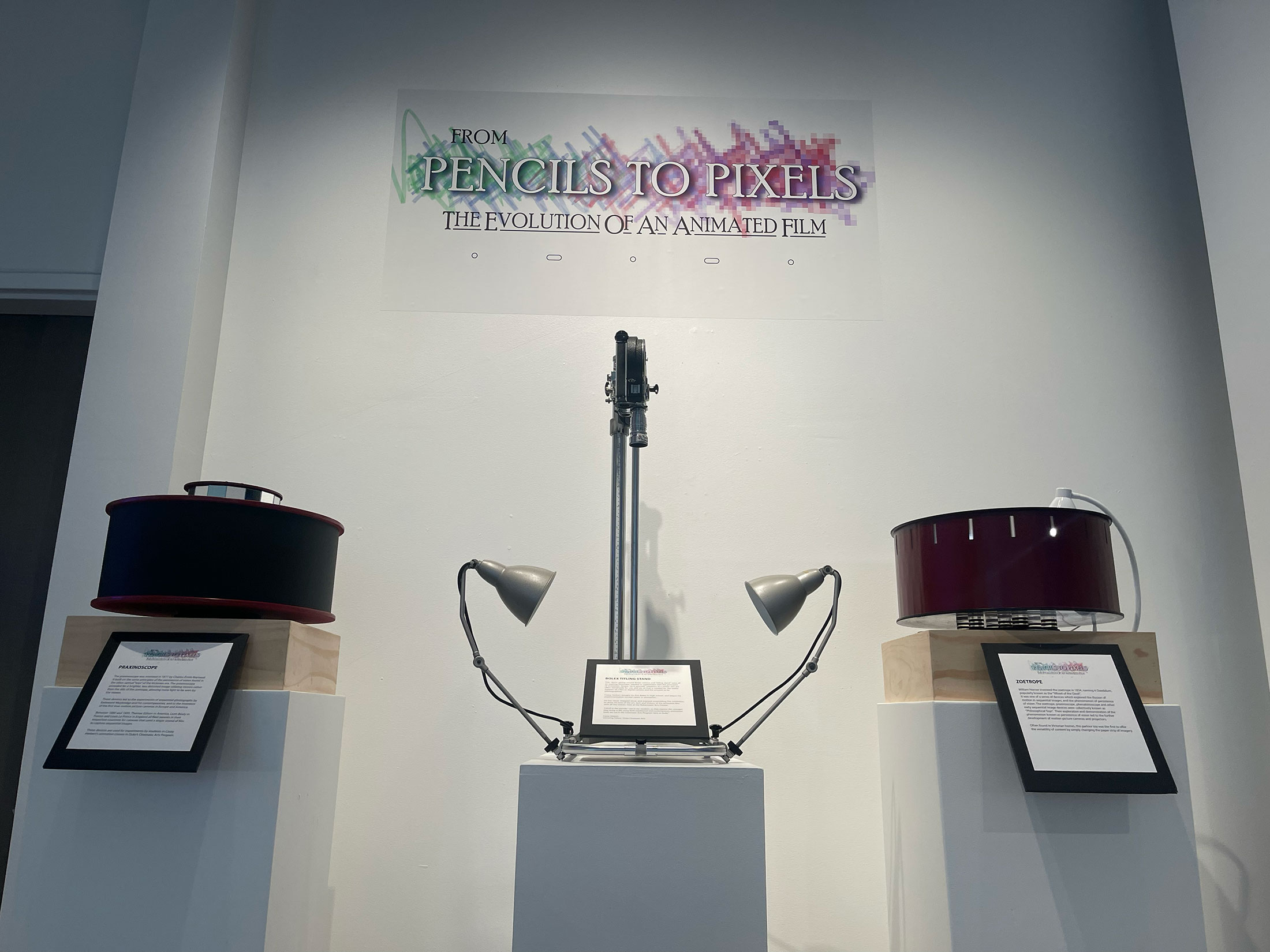
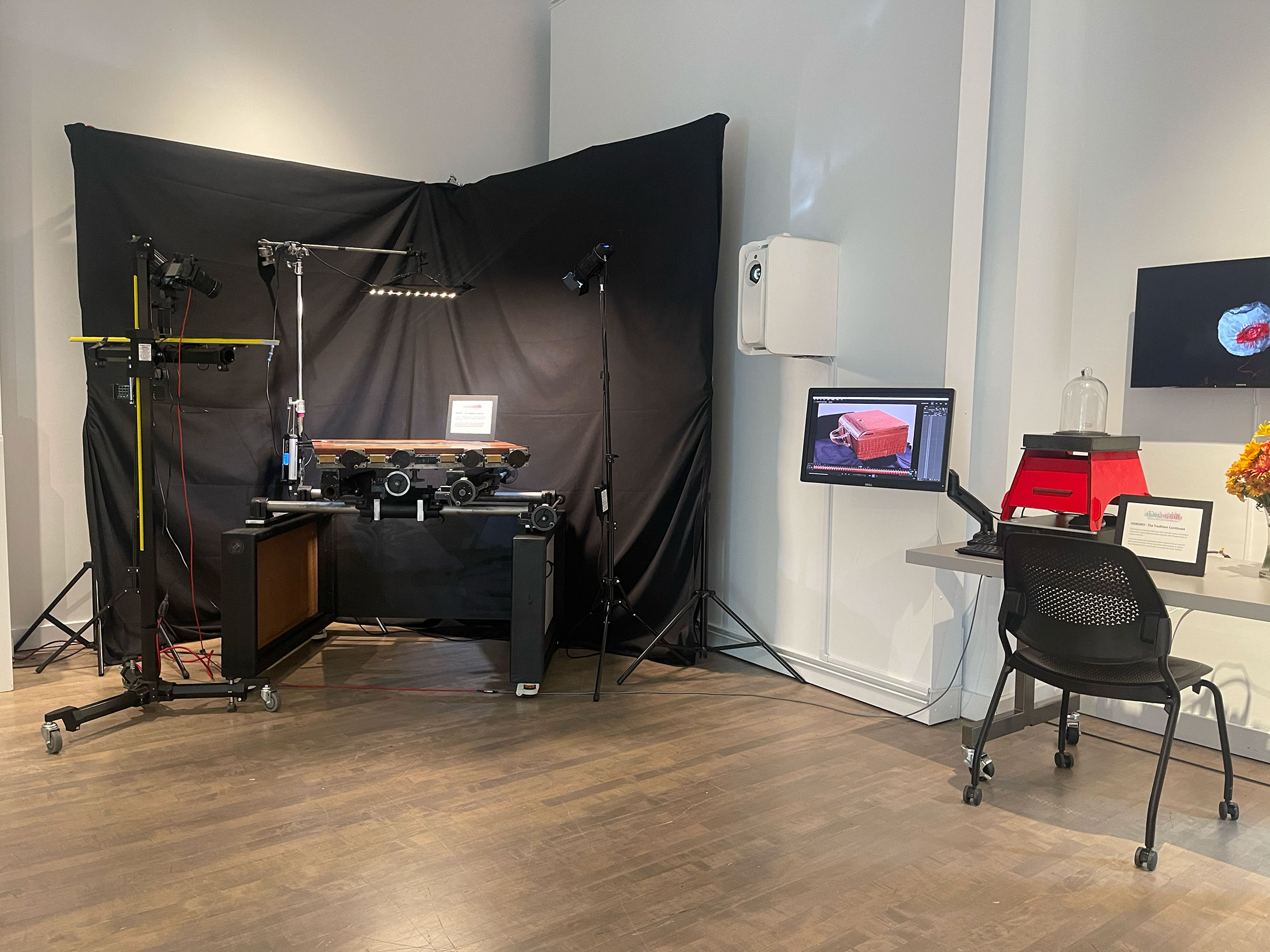

Learn More About the Film
Animator Fred Burns and Casey Herbert tell more about the story behind the making of the film on the “The Burial of Natty Bumppo” website.
Herbert is the founder of the Flying Foto Factory, an animation production studio in North Carolina. He specializes in 2D and 3D animation, motion control and stop motion photography and special venue production.
Burns has also taught animation production, animation history and live action production at Duke. He now lives in Taos, New Mexico.
The exhibit, including the 28-minute film along with the short “Roll ‘em Lola” can be viewed in the Gallery of the Rubenstein Art Center, room 235. It uses the character of Natty Bumppo, the fictional creation of James Fenimore Cooper’s Leatherstocking Tales, to critique 19th century cultural images of American innocence to show how they hide outcomes such as colonization, slavery and environmental degradation. The exhibit will run through November.
Images from the film
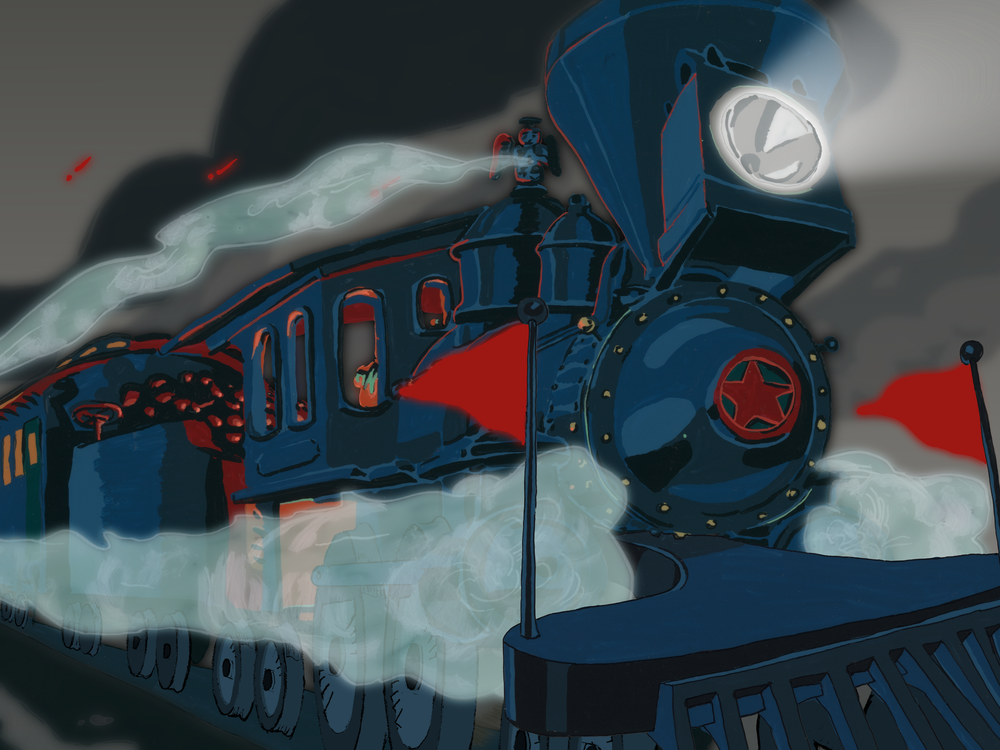
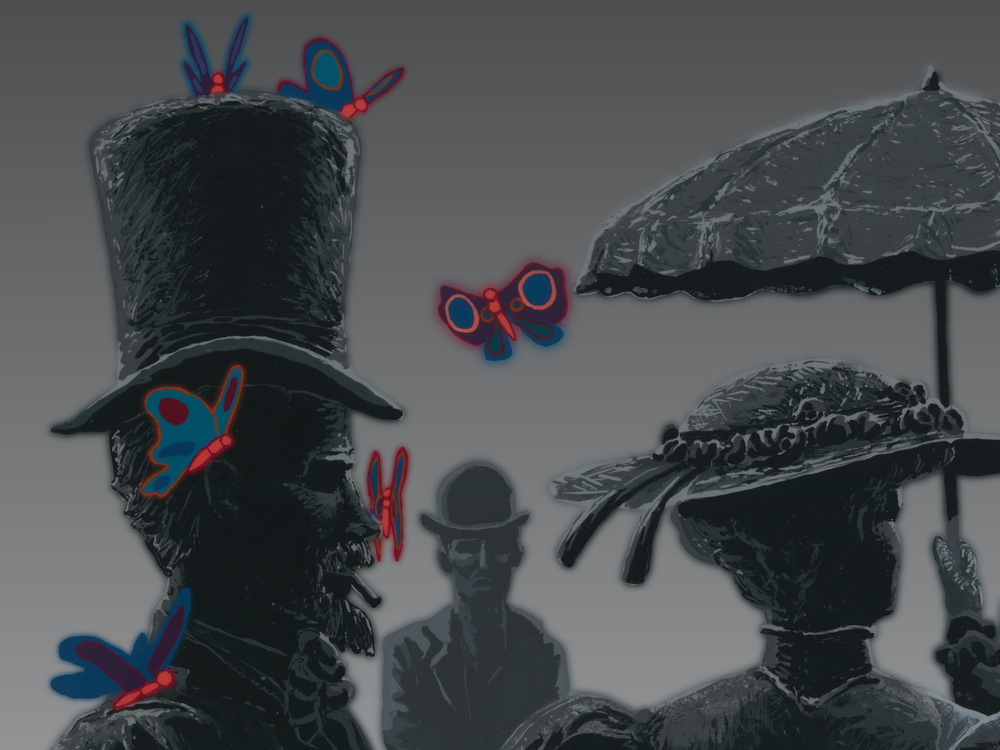
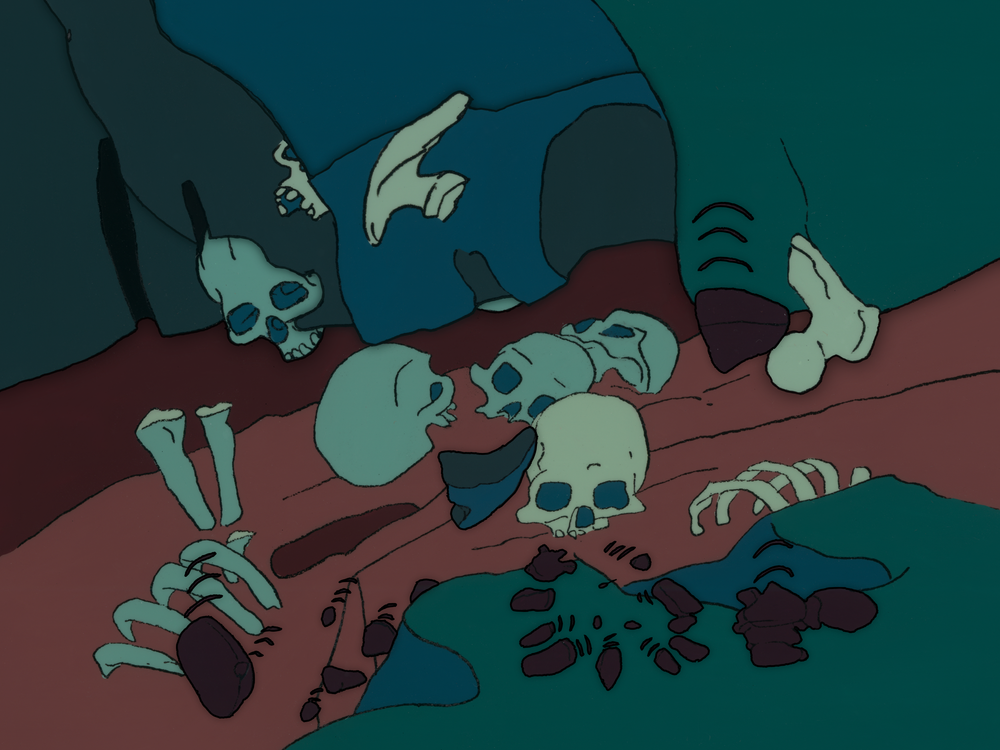
The Burial of Natty Bumppo has been shown at the Montreal International Animation Film Festival (2023) and the Bucharest International Animation Festival (2023). It won the awards for Best Animated Short at Indie Short Fest in Los Angeles (2024), the California International Film Festival (2024), and at the Paris International Short Awards (April 2024).
Most recently it was recognized an the "Outstanding Cultural Contribution in a Short" award from the Portland Festival of Cinema, Animation & Technology, and "Best Animation Short" from the Vancouver International Shortfest.